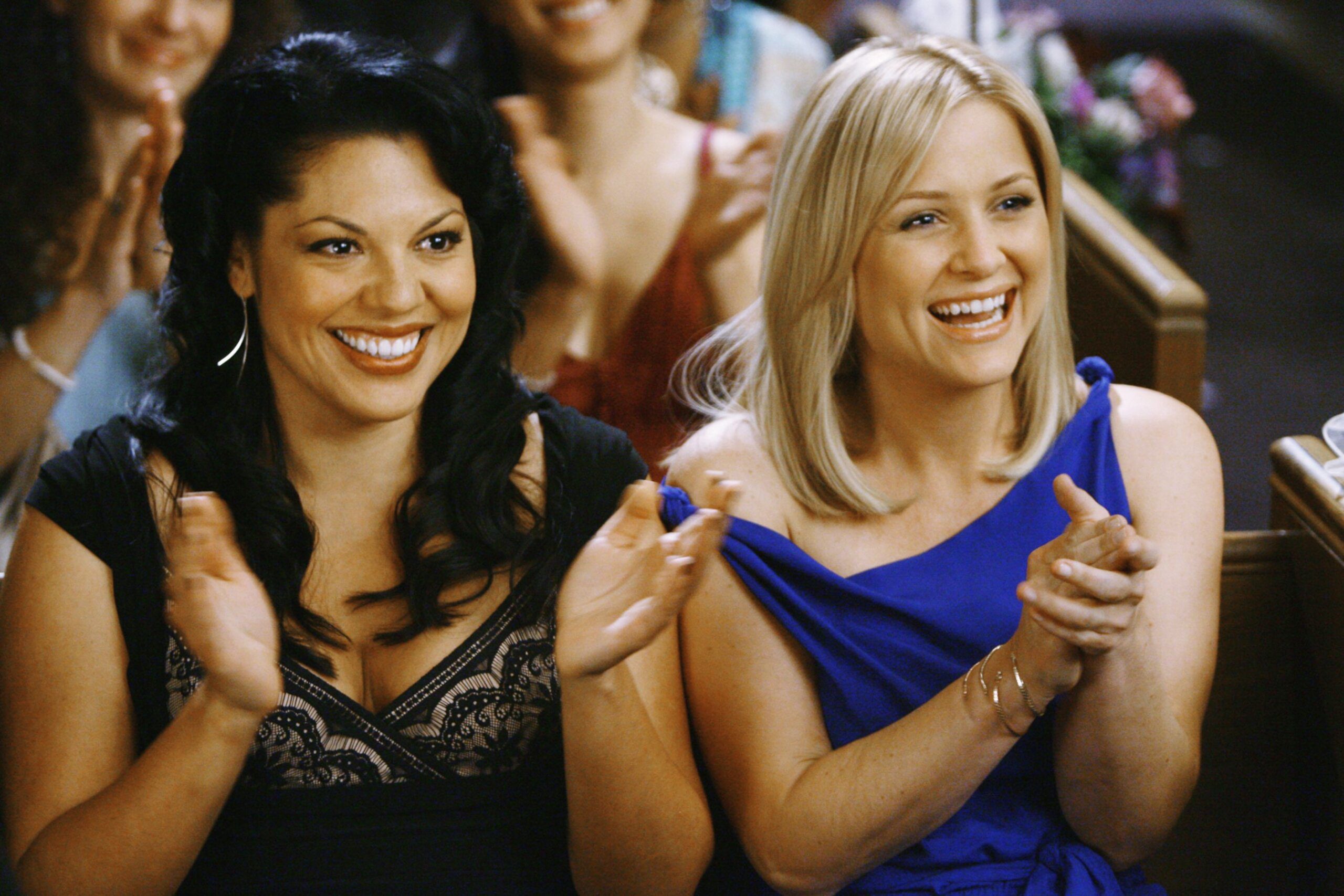Breakups are characterized by their noise. Accusations, arguments, explanations—clawing attempts to come out on the other end justified, or desperately trying to stay attached.
Sure, there’s ghosting—a gradual puttering-out of calls, texts, plans to spend time together. But I’m talking about real relationships. Ones that span not weeks but months; where you take trips together and get ingrained in one another’s social circles. Plans have been made, keys exchanged.
I’m unsure whether the stereotype about queer people getting in these relationships faster than straight daters is true or not, but I certainly found myself in one such entanglement. After years of fun but ultimately fruitless trysts, I was with someone whom—as cliché as it sounds—everything just clicked with. By the time we hit six months, I woke up every day excited to see them, and went to bed each night thankful, and mildly in shock, that they would choose me.
Until, of course, they didn’t. I won’t belabour the story as that, too, is just more noise. What’s important to know is that I was unequivocally, undeniably, unilaterally … dumped. The breakup itself was largely unremarkable, but it’s what came after that unnerved me. The quiet. I went from spending days with, essentially, a live-in partner to suddenly having time in spades to recount every mistake and reconsider every conversation. Instead of talking about the next trip we’d book together, or fervently debating what to order that night for dinner, I stared at the wall for hours—lambasting myself for driving this person away.
One day, when the torment of my own thoughts became too great, I decided I needed a distraction. And not just any distraction—something that would become all-consuming. Enter Grey’s Anatomy.
I had obviously heard of the show before. It’s hard to dodge such a cultural phenomenon—one that’s dominated the procedural format on TV since its debut in 2005. Even more challenging to avoid were the memes and references to the titular protagonist Meredith Grey’s now iconic “pick me, choose me, love me” speech.
But beyond that, the show was a blank slate for me. At a glorious 19 seasons, I decided it would be the right numbing agent to my overthinking—and boy, did I pick, choose and love right.
When I tell you that I undid the hinges of my skull and gleefully handed my brain to Grey’s creator Shonda Rhimes, it is not an understatement. I would put on Grey’s episodes every moment I was not with another human being or consumed by work. Cooking, eating and cleaning up after dinner? Let’s see what Meredith and her eccentric band of brilliant/horny residents are up to. Showering? Turn up the volume and watch Addison Montgomery dominate every scene and situation she’s in. I’d even come home drunk and put on an episode, only to fall asleep to the sultry sounds of Derek Shepherd’s voice and rewatch the episode the next morning.
If this all seems slightly manic, that’s because it was. To put my complete collapse of self into perspective, I watched all 19 seasons—420 episodes—in the 12 or so weeks following my breakup. That averages to about five episodes a day, with weekends doing most of the heavy lifting.
Was it healthy spending about 280 hours—or roughly a dozen straight days—of my life in the halls of Seattle Grace-turned-Seattle Grace Mercy West-turned-Grey Sloan Memorial Hospital? I’m not qualified to answer that. What I am sure about is that Grey’s was there for me during a time when I questioned if queer love was even possible or if I’d ever receive it. Turns out, the show is full of queer love.
It’s somewhat remarkable to reflect on the sheer quantity of same-sex relationships in the show’s nineteen-year-and-going run. Even discounting episodic “patient of the week” queer couples (of which there were many), queer people were often in the midst of the show’s core romantic merry-go-round. That’s not to say the show always got it right when it came to the gays—on- or off-screen—but in television storytelling so driven by the ebbs and flows of romance, Grey’s has and continues to include queer people. In fact—having emerged from a Clockwork Orange–esque binge of Grey’s, I’d say the beats it pushes around queer relationships resonate deeply.
Take Callie Torres, a central player in the show’s queer plots (played by Sara Ramirez before their infamous role as Che Diaz in the Sex and the City spinoff). Callie came into her bisexuality in Season 5 through a relationship with fellow resident Erica Hahn—one that Erica swiftly ended when she realized Callie doubted how committed she was to dating a woman. A sting all too familiar for queers dating someone unsure of themselves, and therefore how much they want to commit.
Or look a dozen seasons later to Levi Schmitt and Nico Kim, Grey’s first recurring male gay couple, who continue to struggle with being together. The sex may be amazing, but the fights are near constant—namely due to Nico pressuring Levi to come out, only for Levi to covet a job at another hospital without considering Nico’s plans or feelings. There are two hard lessons in that one: don’t confuse physical intimacy with the emotional kind, and beware of bending your life to fit someone else’s only for them not to return the favour.
But not every queer relationship on the show comes with such bitter pills. In Season 18, Amelia Shepherd and Kai Bartley didn’t run away from figuring out who they were to each other in the same way Callie and Erica did in Season 5. Kai also brought their non-binary perspective into the relationship, and talked about how they’d make their own rules when it comes to who they are to one another. Callie and Season 11’s Penny Blake showed that it’s sometimes important to stand by your partner in good times and bad. After all, Callie continued dating Penny even after it was revealed how Penny was part of the medical team that botched Derek’s rescue, resulting in his death and earning this newest addition to the Grey’s cast much undeserved ire (#JusticeforPenny!).
Namely, Callie and Arizona Robbins—one of the show’s longest-running couples, period—proved time and time again that two people in love can always make their way back to one another. Chemistry and romance aside, to love someone is a choice, and say what you want about the “endgame” viability of Callie and Arizona, they choose one another more often than they don’t.
There are a dozen more queer daters I could highlight. The Italian sex goddess that is Carina DeLuca. The queer-and-gone intern Leah Murphy and her classmate, the perpetually pining Taryn Helm. The hated-by-fans-and-swiftly-swept-away Eliza Minnick. Even those who didn’t get much in the way of romantic storylines—like the trans veteran Casey Parker and the transitioning Rosalind Warren, Miranda Bailey’s sister-in-law—exemplify the love that’s possible between colleagues, confidants and chosen family.
In that laundry list is perhaps the most important lesson my little broken heart needed to hear: that there is always someone else next season or around the corner. To view a breakup as a verdict of unlovability is to close yourself off from falling for the next love of your life, and the one after that.
It’s tempting to end on one of the show’s most powerful and potent messages of self-love delivered to Meredith by the surprisingly not-queer Cristina Yang, “He is not the sun, you are.” But in a reflection of Grey’s queer influence and inspiration, perhaps it’s more apt to end with a thought from Callie—the beginning of Grey’s queer renaissance—during Season 9. “There comes a point where you have to suck it up and stop whining and start living.”


 Why you can trust Xtra
Why you can trust Xtra


